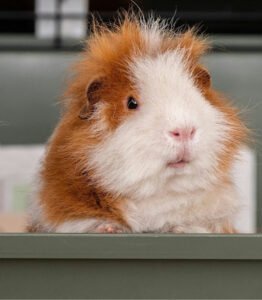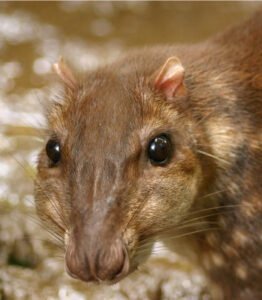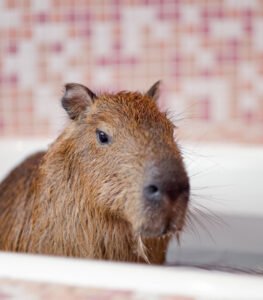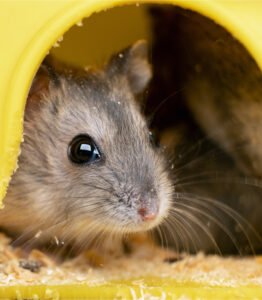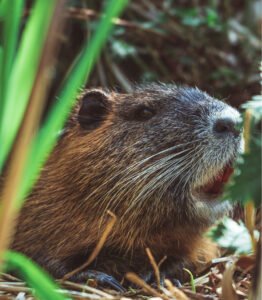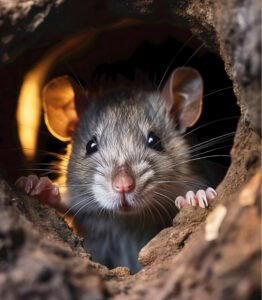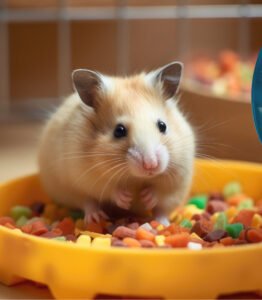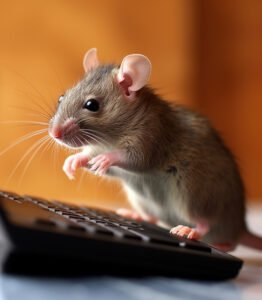Our Priority
Your Beloved Rodents!
Ensure the well-being of your rodents by offering a comfortable habitat, a balanced diet plan, and regular veterinary care for a satisfied and happy life.

Degu
With their pleasant demeanor and distinctive grooming rituals, Degus from the Octodontidae family adds a touch of happiness to any setting. These curious creatures, scientifically named Octodon degus, make pleasant and interactive companions. Renowned for their vocalizations and complex social structures, Degus communicates through a wide range of sounds, displaying their intelligence and social cohesion.

Nutria
With webbed feet and sleek fur, Nutria, scientifically called Myocastor coypus, performs an important role in wetland habitats. These unique members of the Myocastoridae family bring vitality to aquatic ecosystems. Nutria, with their voracious appetite for aquatic flora, help hold the stability of wetland ecosystems by controlling plant increase and preventing habitat degradation.

Husmus (Mus)
Meet the tiny creature of nature, Husmus, scientifically known as Mus musculus, are small, smart creature with a sense of curiosity. With their smooth fur and delicate features, these members of the Mus musculus family captivate hearts worldwide. As prolific breeders, Husmus play an important role in scientific research, contributing to advancements in medicine and genetics.
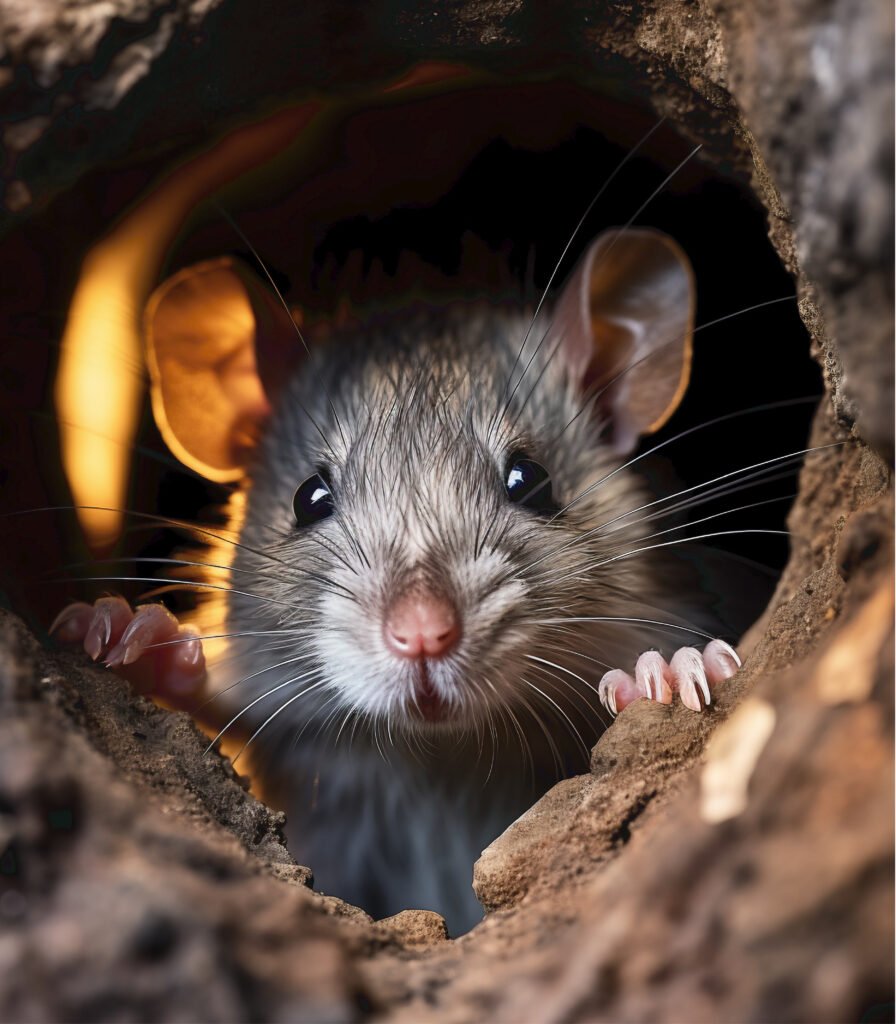
Rats
As a member of the Rattus genus, they are exceedingly adaptable and smart creatures with a complicated relationship with humanity. Revered in a few cultures as symbols of success and prosperity while in others for their affiliation with disease and destruction, rats have played tremendous roles throughout history. In clinical research, rats have been worthwhile subjects, contributing to advancements in medicine, psychology, and neuroscience.

Hamster
They are a delightful fellow of the Cricetinae’s own family with their fluffy cheeks and playful antics. These endearing rodents, scientifically known as Mesocricetus auratus, make adorable companions and convey joy to infinite families. With their innate burrowing instincts, hamsters create elaborate underground tunnels, showcasing their remarkable engineering abilities.

Dormouse
Enchanting participants of the Gliridae family are regarded for their adorable appearance and hibernation behavior. These small, arboreal rodents, scientifically termed Muscardinus avellanarius, captivate nature fans with their charm. Dormice, with their ability to hibernate for long periods, serve as indicators of environmental health, reflecting changes in seasonal patterns and habitat conditions.

Chinese Hamster
Graceful and charming Chinese hamsters belonging to the Cricetulus genus are enchanted with their unique capabilities. Their tender fur and amiable nature cause them to be pleasant companions, adding a touch of joy to families. Chinese hamsters exhibit a brilliant potential to store meals in their cheek pouches, a conduct deeply ingrained in their instincts for survival, mainly in their local habitats.

Capybara
Capybaras are the biggest rodents in the world, local to South America. They belong to the family of Hydrochoeridae and are scientifically known as Hydrochoerus hydrochaeris. They are semi-aquatic mammals that inhabit numerous habitats consisting of rivers, lakes, and marshes. Capybaras are known for their adaptable nature and are sometimes kept as pets in areas where it is legal. Due to their social behavior and size, they require big space and access to water for swimming.

Paca
They are also called spotted pacas and medium-sized rodents in Central and South America. Pacas belong to the family of Cuniculidae and are scientifically called Cuniculus paca. They are primarily nocturnal(night-active), spending their days resting in caves or hole timber. Pacas have a distinctive appearance with dark brown fur and white spots, providing camouflage in their wooded area habitat. They are solitary animals not often seen in groups, recognized for their elusive nature and keen feel of hearing.
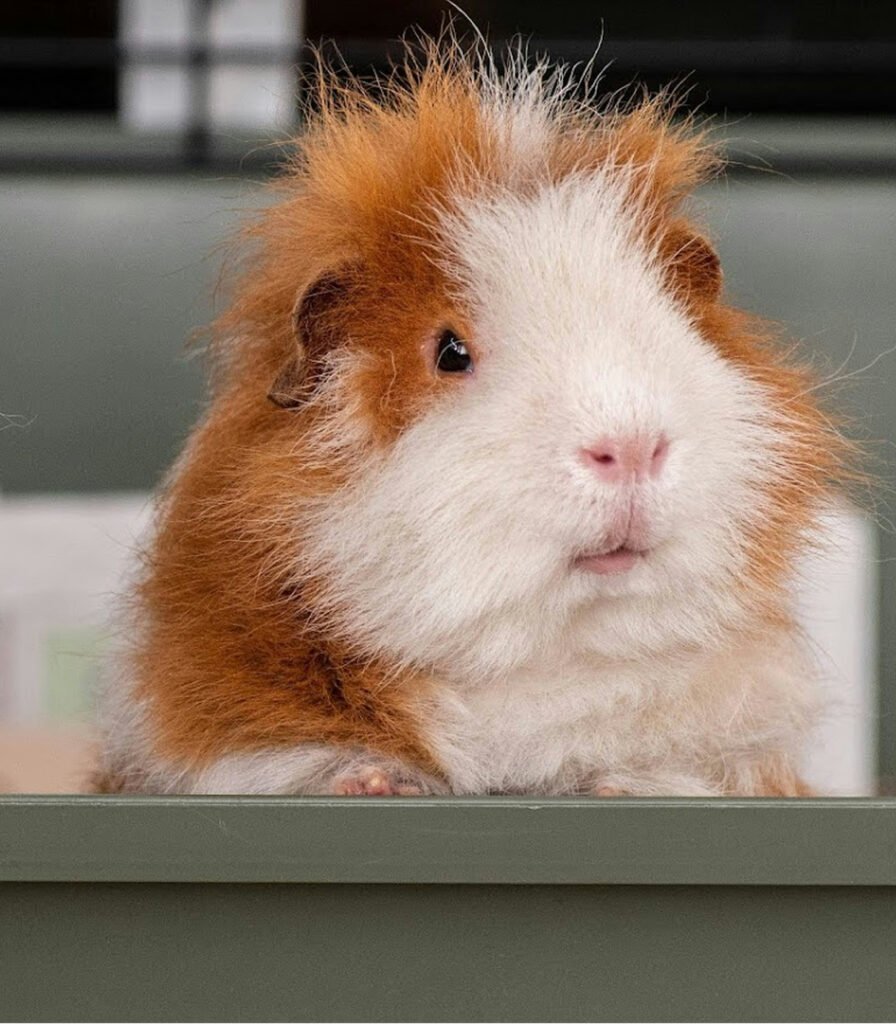
Cavies
Native to the Andes region of South America, guinea pigs are social and gentle animals that have been domesticated for thousands of years. Cavies, normally known as guinea pigs, belong to the family of Caviidae and are scientifically known as Cavia porcellus. They are available in diverse breeds and colorings and are acknowledged for their friendly personalities and vocalizations. Guinea pigs are herbivores, requiring a food plan rich in hay, veggies, and nutrition C. They are extraordinarily social animals and thrive in pairs or small groups. Guinea pigs are surprisingly easy to care for and can make exquisite partners for children and adults.
See Your
Fluffy Companion's Gallery
